Mackerel
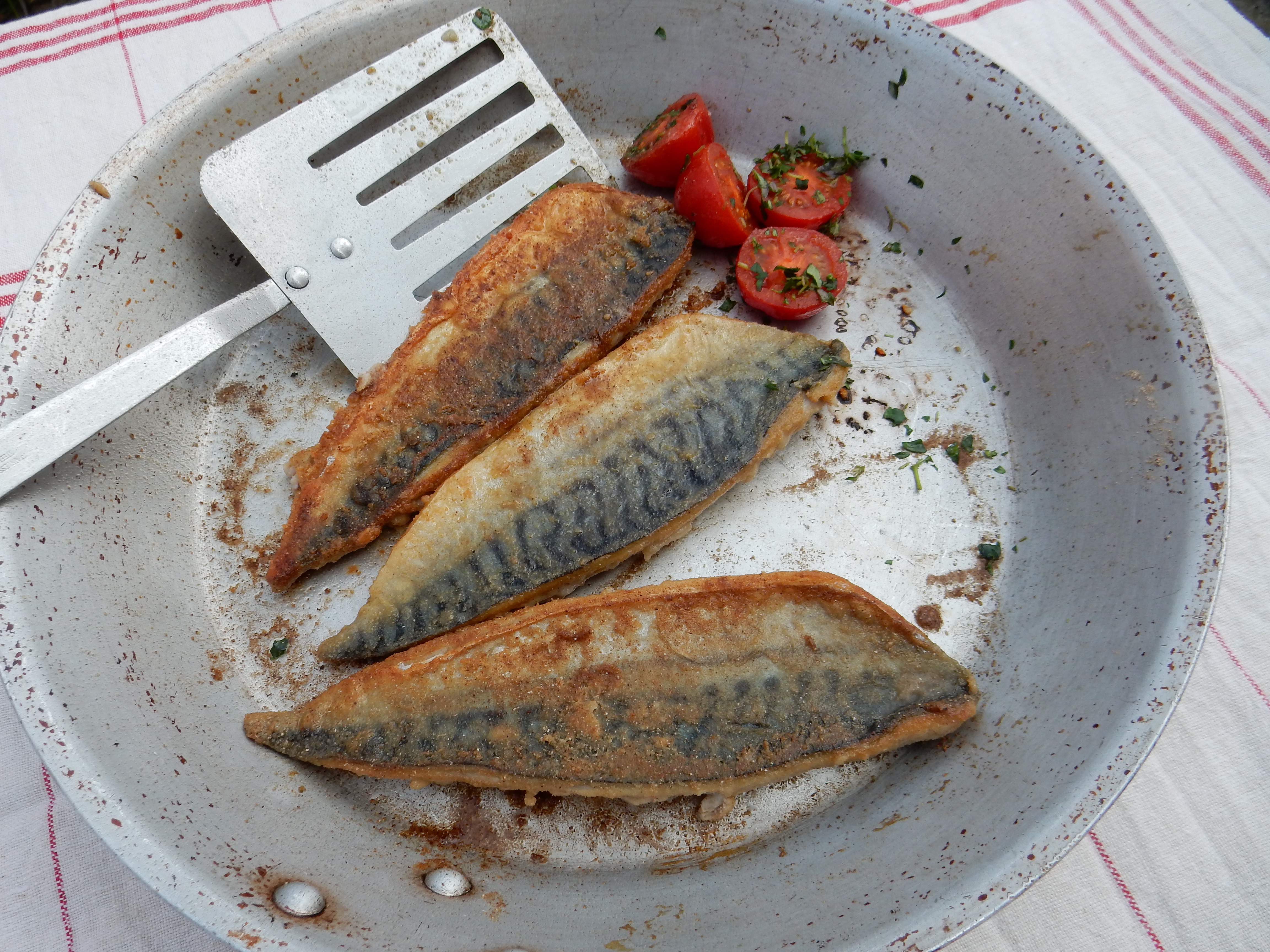
Mackerel fishing in Shetland can be a small scale pleasure, a useful supplement to a summer’s income or part of a principal business worth hundreds of thousands of pounds. There was a time when mackerel was considered by some to be barely worth eating – good for bait, though.
Mackerel is caught by the ‘Big Boats’ after the herring in October and November. At the height of a good season 1000 tonnes can be landed in a day at the Shetland Catch Plant in Lerwick (www.shetlandcatch.com) from Shetland Boats as well as those from Scotland and Europe. The fish is frozen ungutted and round and is exported to Africa, principally Nigeria and Egypt; the Far East: Japan, China and Korea and some Eastern European countries – especially Poland where much of it is smoked. At the moment there is no market in Russia because of the export ban but this excellent fish caught off Shetland is in high demand around the world because of its high quality – due to the much higher fat content and a dryer flesh than mackerel caught elsewhere. The operation at the Shetland Catch is extremely slick. Boats land their catch right outside the factory and the fish is pumped ashore from refrigerated tanks on the boats and within 15 minutes it is in boxes in the blast freezers. The fish may only have travelled a few miles from behind Bressay, Yell Sound or just east of Whalsay.
Smaller inshore boats typically 15-30 foot in length catch mackerel in the summer – usually from June to October. These are line caught and landed in the ‘country’ areas such as Cunningsburgh, Dunrossness, Scalloway and Brae. These are often the part time crofter/fishermen whose boats may also look to creels for lobsters and crabs. The fishermen have a quota which is divided and agreed between themselves and which matches fish stocks. These catches are then sold at the fish markets in either Scalloway or Lerwick for both the local market as well going ‘sooth’ for consumption all over the UK.
Going ‘aff’ (off to the fishing) on a fine day early morning or in the evening is one of the greatest pleasures of a Shetland Summer. The long hours of daylight and often full sunshine and the company of friends – or maybe just the selkies and scorries (seals and seagulls) provides an opportunity to put the world to rights or to contemplate the beauty of Shetland’s varied landscape from a different viewpoint.
Mackerel is an extremely healthy fish to eat. It is rich in the omega 3 fatty acids which are associated with brain development; smooth functioning of joints, healthy skin and eyes and better mental health. In addition it is a good source of the fat-soluble vitamins A and D which are essential for bairns and adults for eyesight and strong bones.
Catching the fish is of course only stage one. Often the fish comes in a glut – so it is useful to have several ideas of things to do with such a quantity.
Without doubt mackerel is at its best eaten very fresh and cooking them on the boat or on the beach with the sun going down and the waves lapping over the rocks and sand is about as good as it gets. Barbecued mackerel is a staple at the Shetland country shows in the summer and in my view beats a beefburger any day! Otherwise – place the mackerel on a foil lined grill pan with nothing more than a grind of black pepper and if you like – a touch of mustard. They will only need 3-4 minutes on each side and the lightly charred skin will be easy to remove.
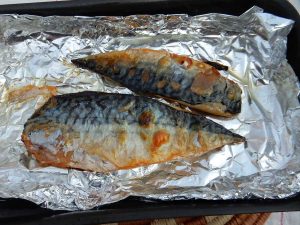
Lightly salting mackerel, vacuum-packing then freezing (much better than just freezing) or poaching in equal quantities of vinegar and water are all methods of extending its useable life.
The other excellent treatment for mackerel is in the smoker: smoked mackerel either plain or with flavours if you prefer, is quite delicious either eaten as it is or made into a pâté with an equal weight of ricotta or half- fat cream cheese, lemon juice and black pepper.
Mackerel coated in oatmeal then fried is another favourite, although I find this quite heavy so tried using a light coating of Beremeal which gives a lovely result and makes it possible to eat even more mackerel at one sitting!
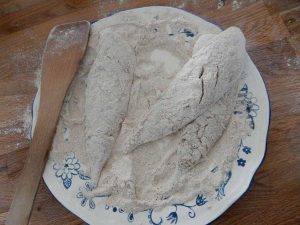
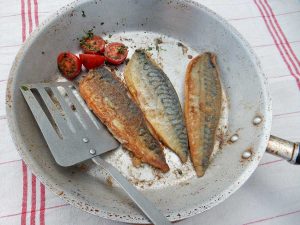
Mackerel can be salted by simply placing them in a dish and sprinkling with ‘coorse saat’ then leaving them for 24 hours. This is a good way of quickly dealing with a glut of round, gutted and trimmed fish. Another method is to place fillets in a dish and cover with brine (50g salt to 300ml water and a couple of slices of lemon) for 24 hours. In both cases they need to be well rinsed under running cold water before use.
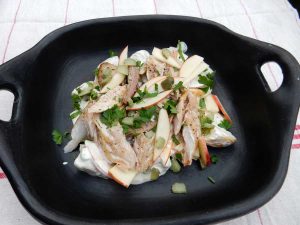
If you would like to be more adventurous you will find a very good recipe for baked mackerel with a stuffing using rhubarb in ‘Shetland Food and Cooking’ and here are three more ideas.
This article was published in 60 North Magazine in Summer 2015.
